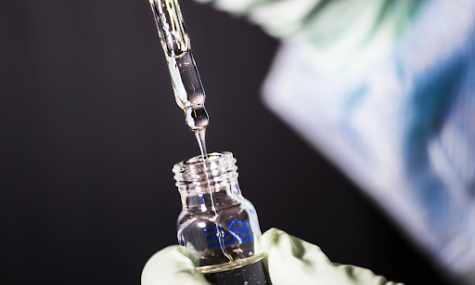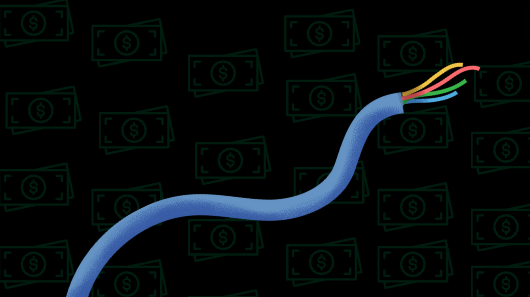Food and Drug Administration approves production of lab-grown meat

The United States Food and Drug Administration recently approved lab-grown meat products, further advancing the role cultured meat plays in the future.
December 2, 2022
The Food and Drug Administration (FDA) approved the production of lab-grown chicken at California-based food technology company ‘Upside Foods’ on November 16. In a release to the public, they stated that they “have no further questions at this time about the firm’s safety conclusion.”
The approval takes the product one step closer to entering the mainstream market of grocery store chains and restaurants, bringing the potential for a significant shift in sustainable eating habits to the United States. Simultaneously, the recent development raises questions of long-term environmental impacts.
The idea of lab-grown meat production isn’t foreign to the scientific community. In 2013, Dutch pharmacologist Mark Post led a team of researchers and scientists in developing the first manmade hamburger, cultivated from nearly 20,000 strands of muscle, egg powder and bread crumbs in a laboratory. In 2021, Japanese scientists devised a technique to 3D-print ‘wagyu beef,’ a Japanese meat delicacy known for its fine texture and marbled pattern.
Unlike vegan and vegetarian substitutes for meat, which often incorporate soybeans and tofu, cultured meat stems from tissue samples of the animal, minimizing any harm to the source. Once harvested, the samples are contained in a monitored, sterile environment that nurtures growth and supplies adequate nutrients for survival. Once the cells start to multiply, they begin to differentiate into specialized cells, which constitute the meat product that is eventually processed and packaged for consumption.

Various scientists have expressed hope in the ability for lab-grown meat to solve ongoing environmental concerns related to unsustainable meat production practices. It would provide a greater number of options for more sustainable and environmentally-conscious food choices for consumers.
The Biomedical Journal for Scientific and Technical Research noted, “This technological innovation aims to offer a possibility of reducing the negative effects of current meat production and consumption on humans, livestock, and the environment.” The scientific breakthrough could play a critical role in reducing greenhouse gas emissions during an era of rapid climate change. Beef alone currently accounts for nearly 60% of greenhouse gas emissions.
Although lab-grown meat products present plausible solutions in reducing the emissions of greenhouse gases to some, others remain skeptical.
In an interview with the GH Falcon, Simone Panja (’23), a Science Olympiad competitor, shared her thoughts about the newly-approved meat. “Lab-grown meat is beneficial in the short-term for sustainable eating,” said Panja. “Yet still might prove to be unsustainable for the environment in the long-run with the current usage of energy sources.”
In 2013, the first manmade hamburger cost around $330,000, a number which has since dropped to $9.80. Despite the drastic improvements, lab-grown burgers still remain several times the price of burgers from the local grocery store.
Additionally, recent research studies suggest that the advantages of lab-grown meat only reap benefits in the short-term. Models show that long-term lab-grown meat production could potentially use more energy resources than conventional cattle-raising techniques, eliminating a major advantage of cultured meat.
The future of lab-grown meat remains ambiguous as a result of the lack of long-term research.
“I think lab-grown meat will become more prevalent, but it [won’t] permanently replace real meat,” Panja said. “[Though it] might become more of an expensive alternative.”
























































